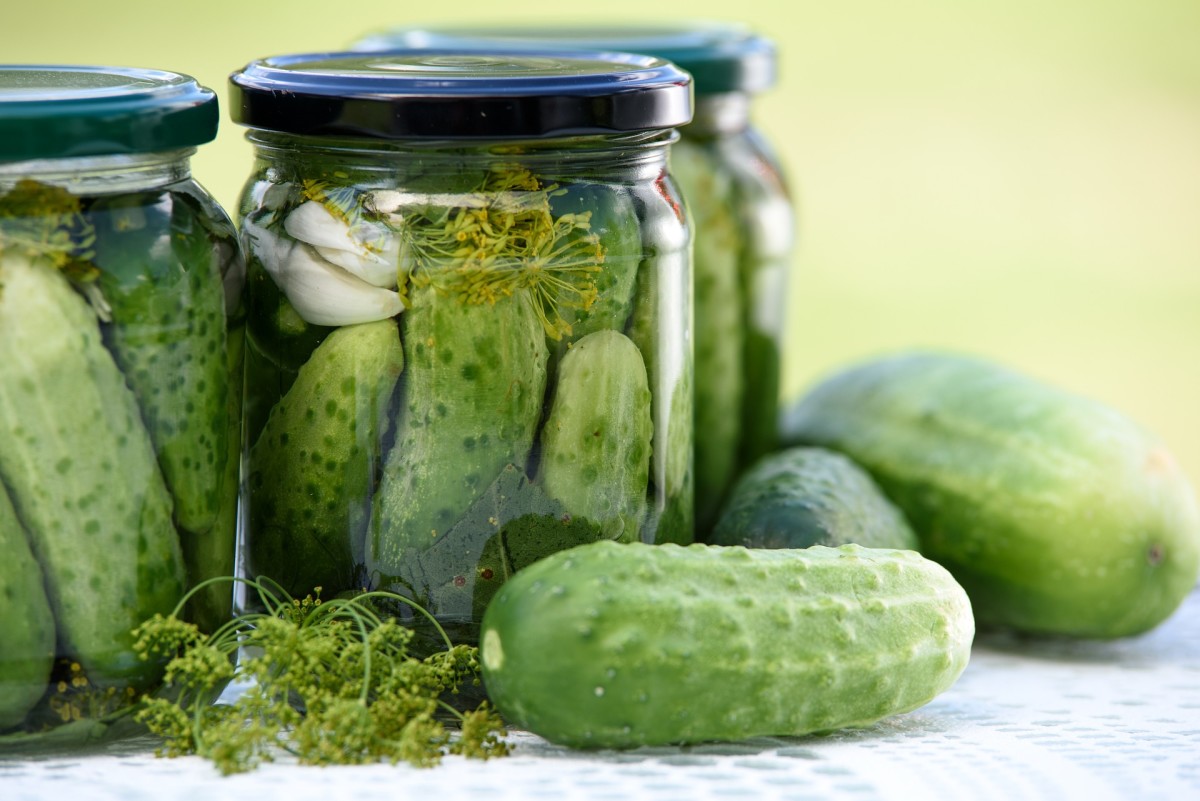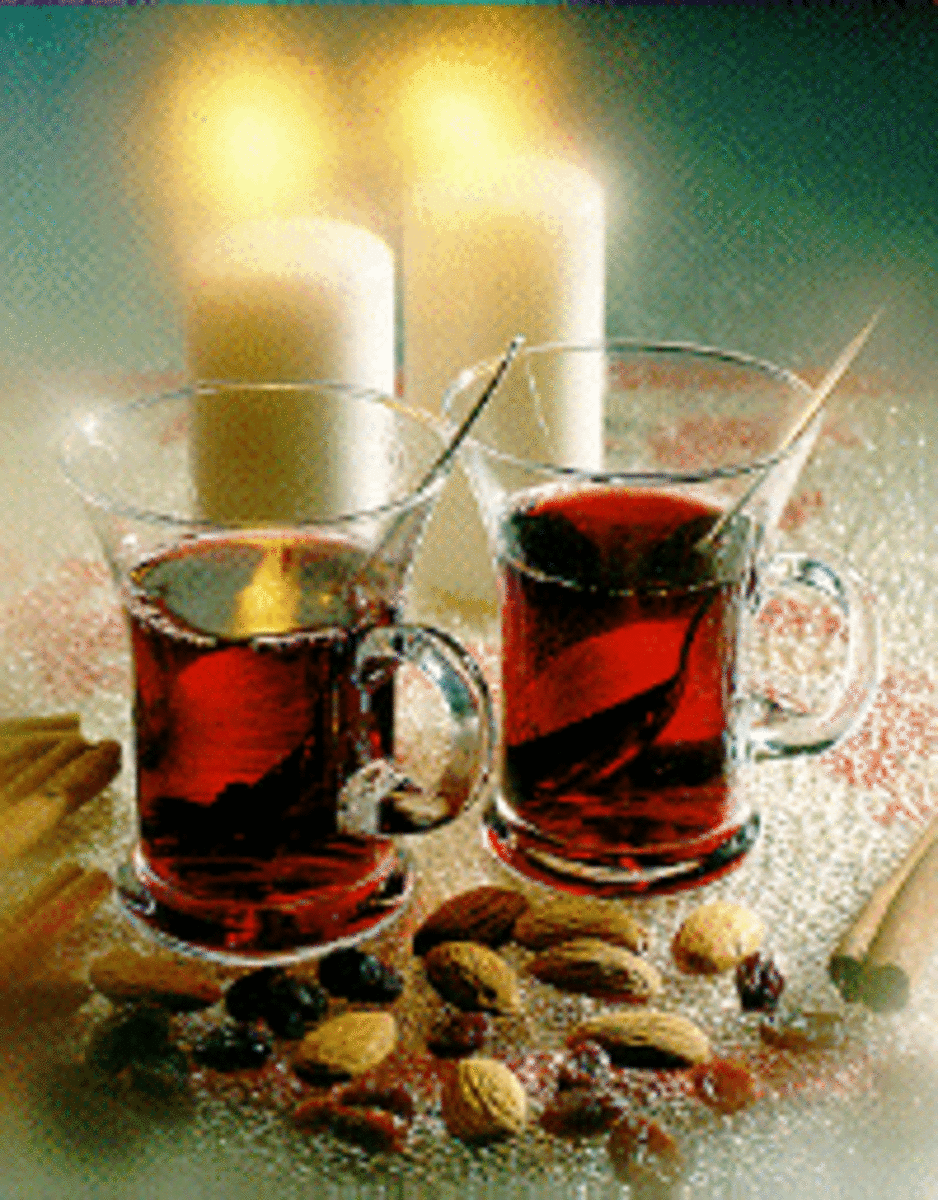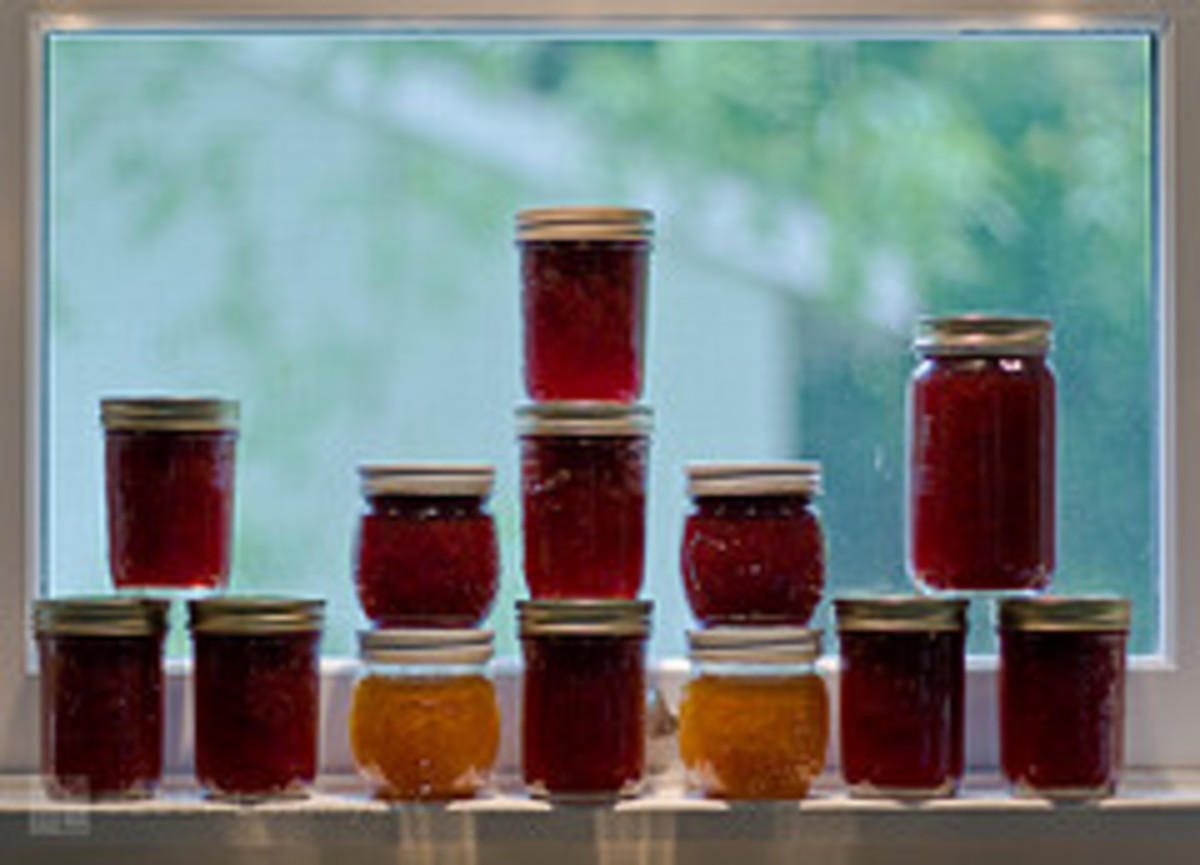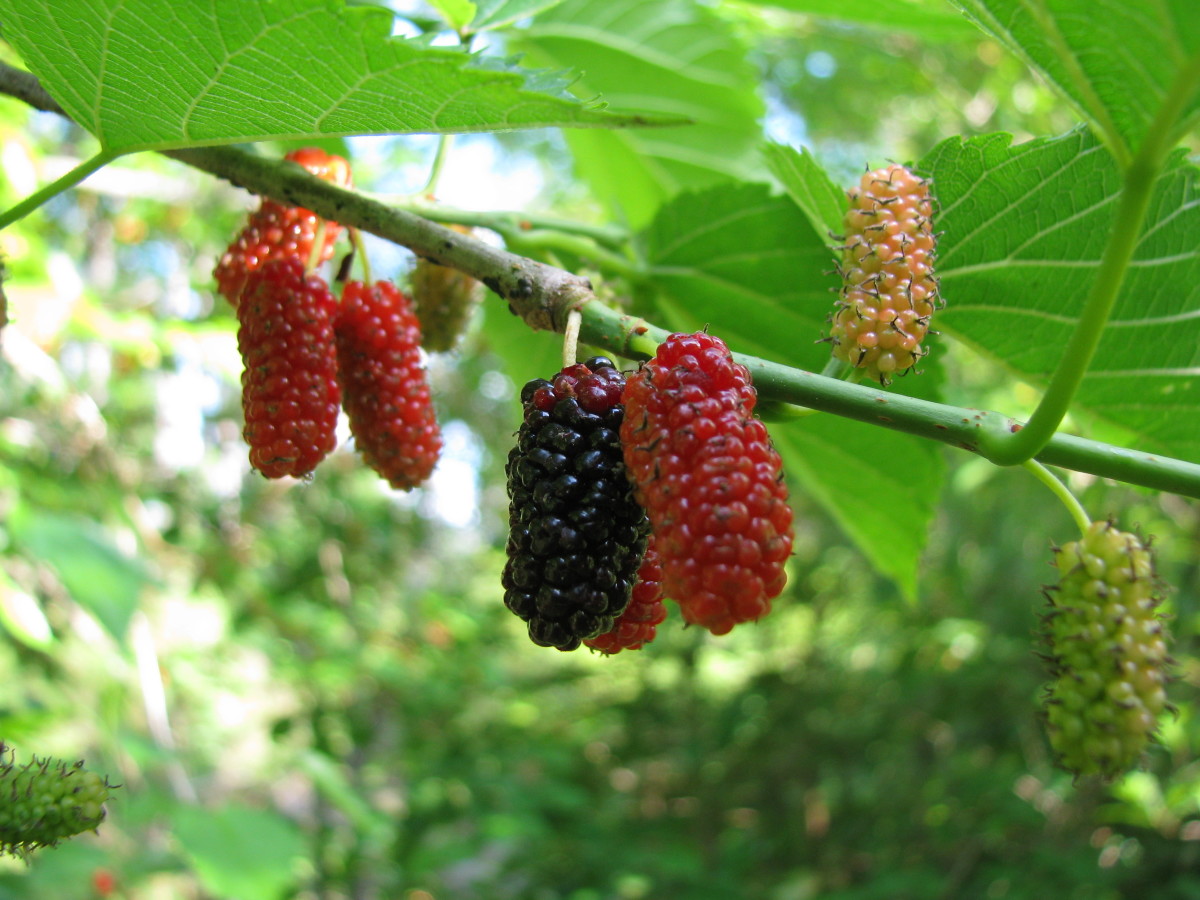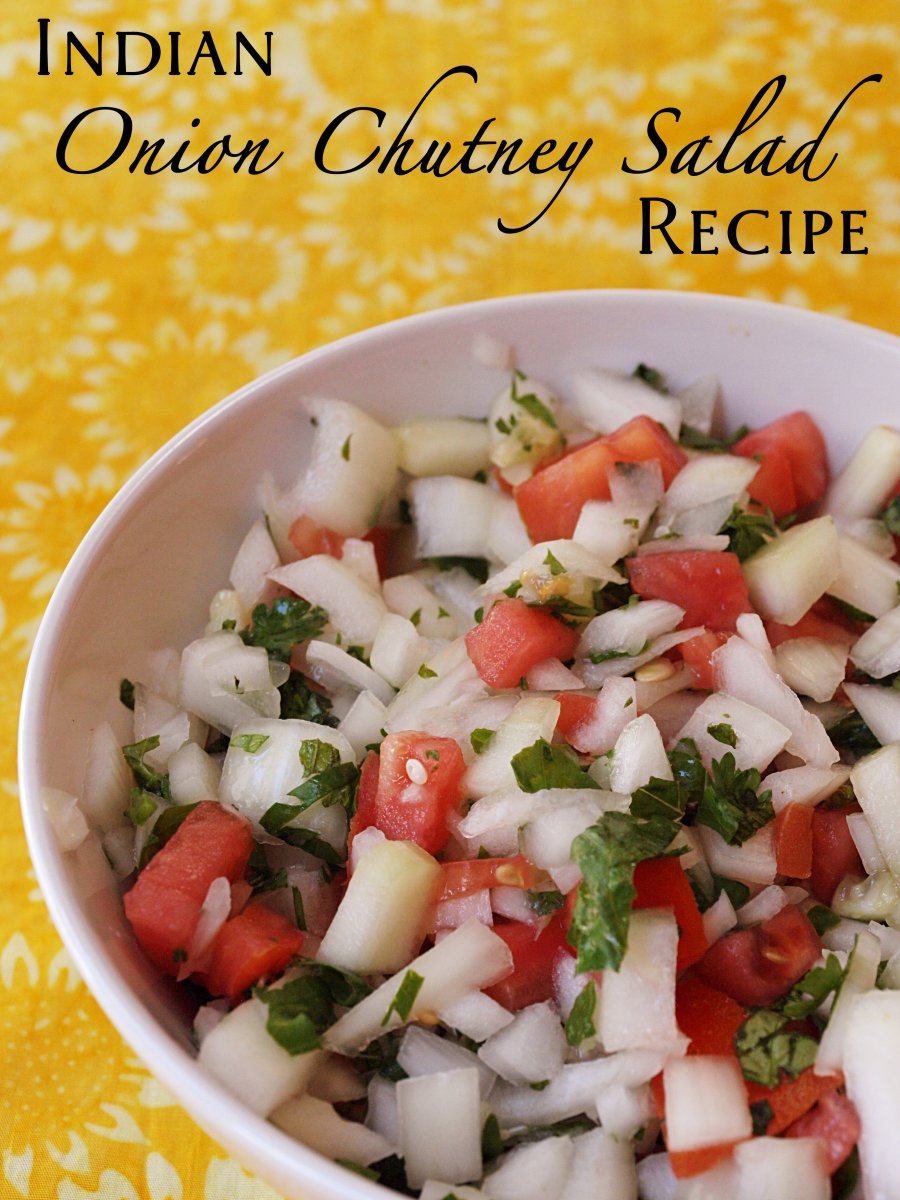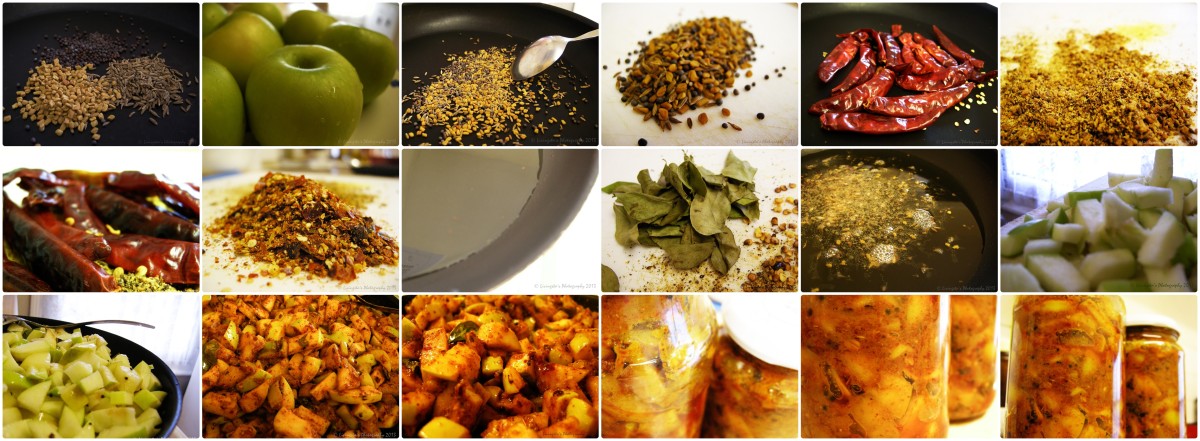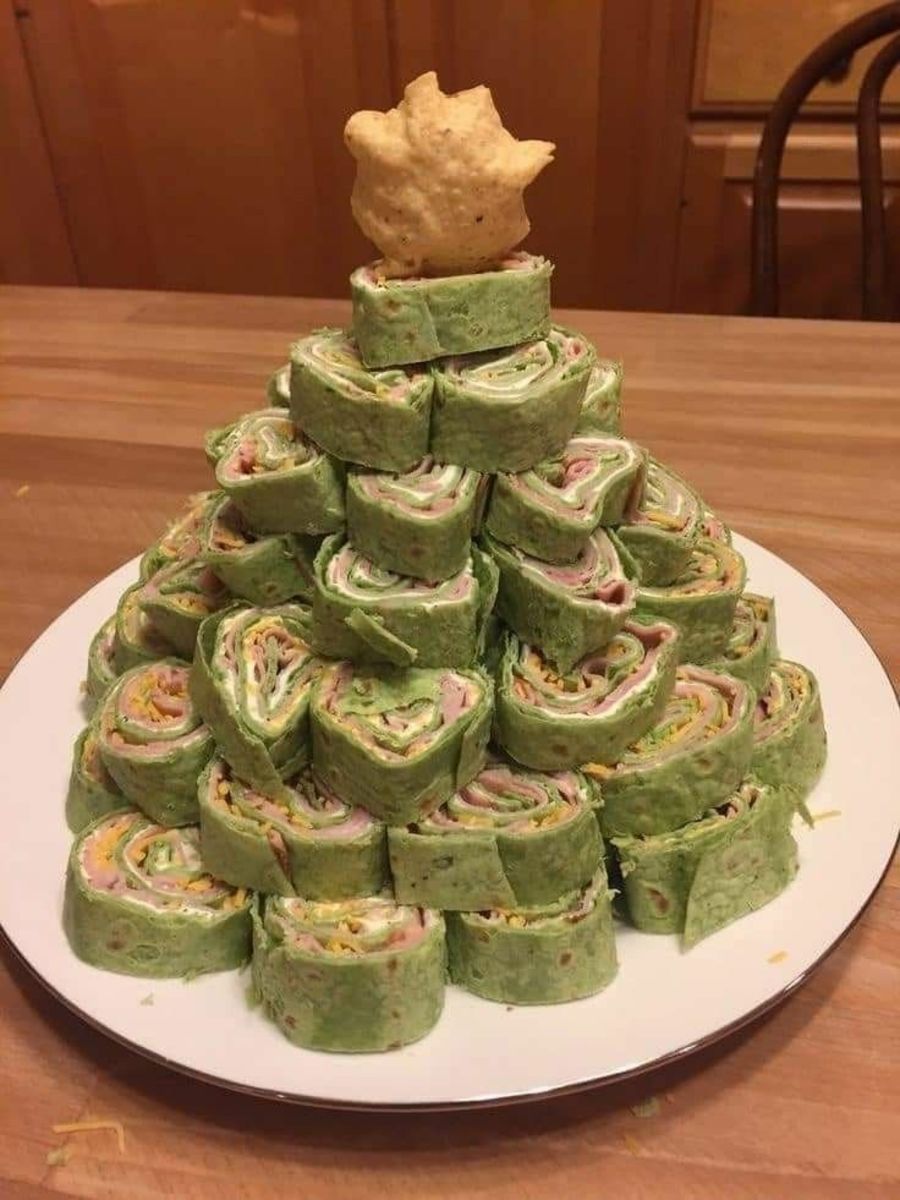Basics of Jam Jelly and Preserve Making
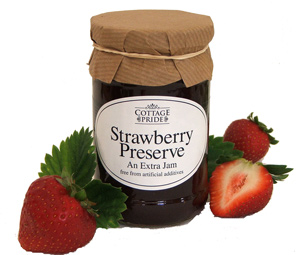
A Lifelong Love of Jam
I am fond of Jam. And preserves, jelly, glacee cherries, candied orange peel, dried fruit, and fruit scented treats. To satisfy my prodigious appetite for jam, I make my own.
Here are a few tips for making homemade jams, jellies and preserves. I wish to cover the basics of how jam recipes work, tips for making recipes turn out at their best, and how to test for doneness or the jelly stage.
All jam starts with delicious fruit. A thick, firm textured jam depends on the correct ratio of four key ingredients: liquid, acid, sugar, and pectin (a vegetable based soluble fiber). Jam and jelly recipes are tested carefully to maintain this balance. However, occasionally jam fails. It's not your fault.
Here are the most common reasons my batches of jam turn out syrupy or grainy and sugary even if I follow a recipe exactly.
- Natural variation in the acid and pectin content of fruit
- Too little or too much sugar due to variations measuring cup size.
- A hot kitchen or high relative humidity.
- A pan that is different from the type used in the recipe's test kitchen.
Most recipes encourage you to follow the recipe exactly and to find a creative use for a batch of fruity syrup or flavored sugar if the jam fails.
But nearly every failed batch of jam or jelly can be fixed. That delicious fruit does not have to go to waste. Nobody has to cope with extra jars of fruit flavored pancake syrup. Feel free to browse my jam rescue tips that I use to correct nearly every batch of failed jam.
Delicious Jam Starts with Great Ingredients
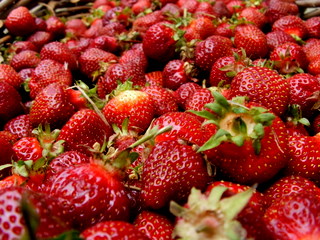
Recipes and Proportions
It is best to work from a tested recipe if you expect successful jam. A firm bright jam that keeps well depends on an ideal combination of liquid, acid, sugar, and pectin. Sugar and acid are the preservatives. Pectin makes the jam firm. The amount of liquid and the quality of the fruit makes it tender.
In general, the jam and jelly recipes that are printed on pectin boxes are designed to make a firm textured jam with excellent keeping qualities and the highest possible yield per pound of fruit. Following these recipes to the letter usually works. The recipes usually call for exactly 1 minute of boiling time after adding the sugar.
If the jam has not reached the jelly stage with the boiling time in the recipe, boil it a little longer, stirring constantly. A little extra boiling to reduce the amount of liquid in the pot will bring the jam to the jelly stage and reduce the yield slightly. Stir constantly and thoroughly to prevent scorching.
Treasured family recipes are designed to please individual tastes, honor people's memories, and incorporate a sense of tradition to everyday living. I do not know enough about everyone's family recipes. In general, do your best to learn from the person in your family who makes it best. Cook side by side with the person who makes jam in your family for several years and take notes.
My favorite source for heirloom jam and preserve recipes is the New Orleans Times Picayune Cookbook. Those recipes usually call for an equal weight of fruit and sugar, mixed and cooked over low heat stirring constantly until the jelly stage is reached. No pectin is used. The recipes rely on natural pectin present in seeds and underripe fruit.
My variation on the Times Picayune preserve recipes is to prepare a batch of syrup (about 5 cups sugar to 1/2 cup water) and cook small batches of fruit in the syrup until they are transparent. I keep cooking batches of fruit until the syrup itself almost reaches the jelly stage. Then I return all the fruit to the syrup and cook the mixture until it almost reaches the jelly stage before packing it into jars.
An excellent collection of recipes is available at the Colorado State University Cooperative Extension. Recipes designed to make the best use of local produce are available at most Cooperative Extension offices, not to mention church cookbooks and over the back fence.
Test Jam for Doneness Before Filling Jars
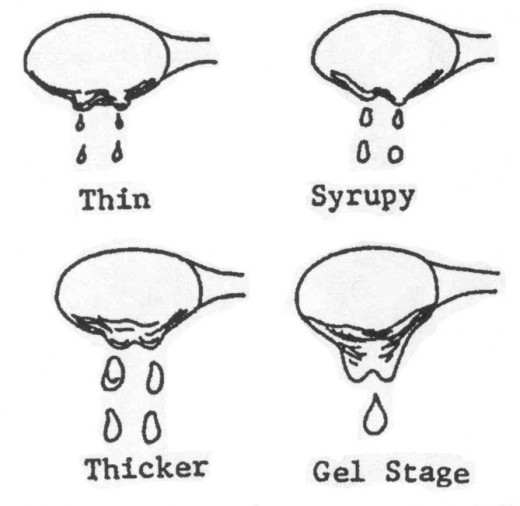
The Jelly Stage
I use the plate test to watch for the batch to approach the jelly stage. Cool a plate in the freezer. To test for the jelly stage, pour a small quantity of jam (maybe 1/8 tsp) onto the cold plate and chill it in the freezer for about 30 seconds. If the test jam is firm to the touch and has the texture you want for your batch of jam, then it is done. Remove from heat.
Here is how a batch of jam looks when it is almost ready according to the plate test. Jam that is almost ready will have the correct texture on the surface but still feel syrupy close to the plate.
On a thermometer, the jelly stage is around 200 to 220 Degrees F.
Mason Jar
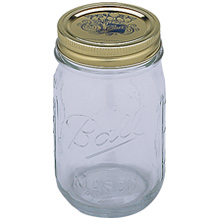
Dome Lids
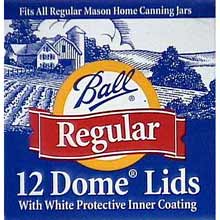
Packing and Sealing Jam
Preparing homemade jams and jellies for long term storage can be intimidating. The most reliable method is processing in a water bath. I use a less cumbersome method my apartment for processing small batches.
Most Jam recipes offer detailed instructions on using boiling water bath or pressure canning process to seal jam into mason jars with dome lids. That is the most reliable process for keeping jam fresh for the future.
When I make small batches of jam to share, I seal the jam into mason jars with dome lids, but I omit the water bath process. I rely on heat from the boiling hot preserves instead of the water bath to make a good seal. Here is my method.
- Run clean mason jars through the rinse cycle of the dishwasher (or fill with boiling water and set aside. Dry before use.)
- Heat the dome lids in simmering water (180 Degrees F) according to the package directions. Keep hot until use.
- Fill hot clean mason jars one at a time with jam, jelly, or preserves (a wide mouth funnel or big spoon comes in handy).
- Wipe the rim of the jar clean with a damp cloth.
- Place a hot dome lid onto the filled mason jar.
- Screw a dome lid ring onto the filled and lidded mason jar as hard as I can (I am a little weak. Use your best judgment - and don't get your strong brother or husband to do this).
- (Optional and a bit messy) Turn the jars upside down so that the heat of jam is in direct contact with the seal.
Allow the jars to cool. If you can press down on the dome lid and it does not pop back up, the seal is good. Reheat and try again or refrigerate any jars of jam that did not seal properly. Remove the dome lid rings. Wipe the jars clean with a warm damp cloth, and store the jam in a cool dark place until ready to use. Refrigerate after opening.


